Mexico Road Trip Guide
Introduction
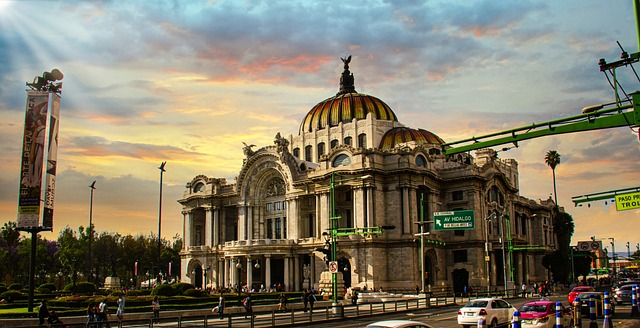
Mexico, a vibrant and diverse country, is renowned for its rich cultural heritage, stunning landscapes, and warm hospitality. From the ancient ruins of the Mayan and Aztec civilizations to the bustling streets of Mexico City and the pristine beaches of the Yucatán Peninsula, Mexico offers a wide array of attractions for travelers. It is an ideal destination for a road trip due to its well-maintained highways and scenic routes that connect major cities and hidden gems alike. Driving through Mexico allows travelers the freedom to explore at their own pace, discover charming colonial towns, indulge in authentic cuisine, and experience the country’s natural wonders, from deserts and mountains to lush jungles and coastal beauty.
Car Rental Tips
Book in Advance
Generally, we recommend that you make your reservation one month in advance so that you could choose the desired vehicle and date.
If you proceed directly to the car rental store without a booking, it is likely that the car you need might be unavailable.
*If you are already a QEEQ diamond member, you only need 1$ to freeze your booking and make the rest of the payment before pick-up, which does not affect your credit card limit.
Required Documents
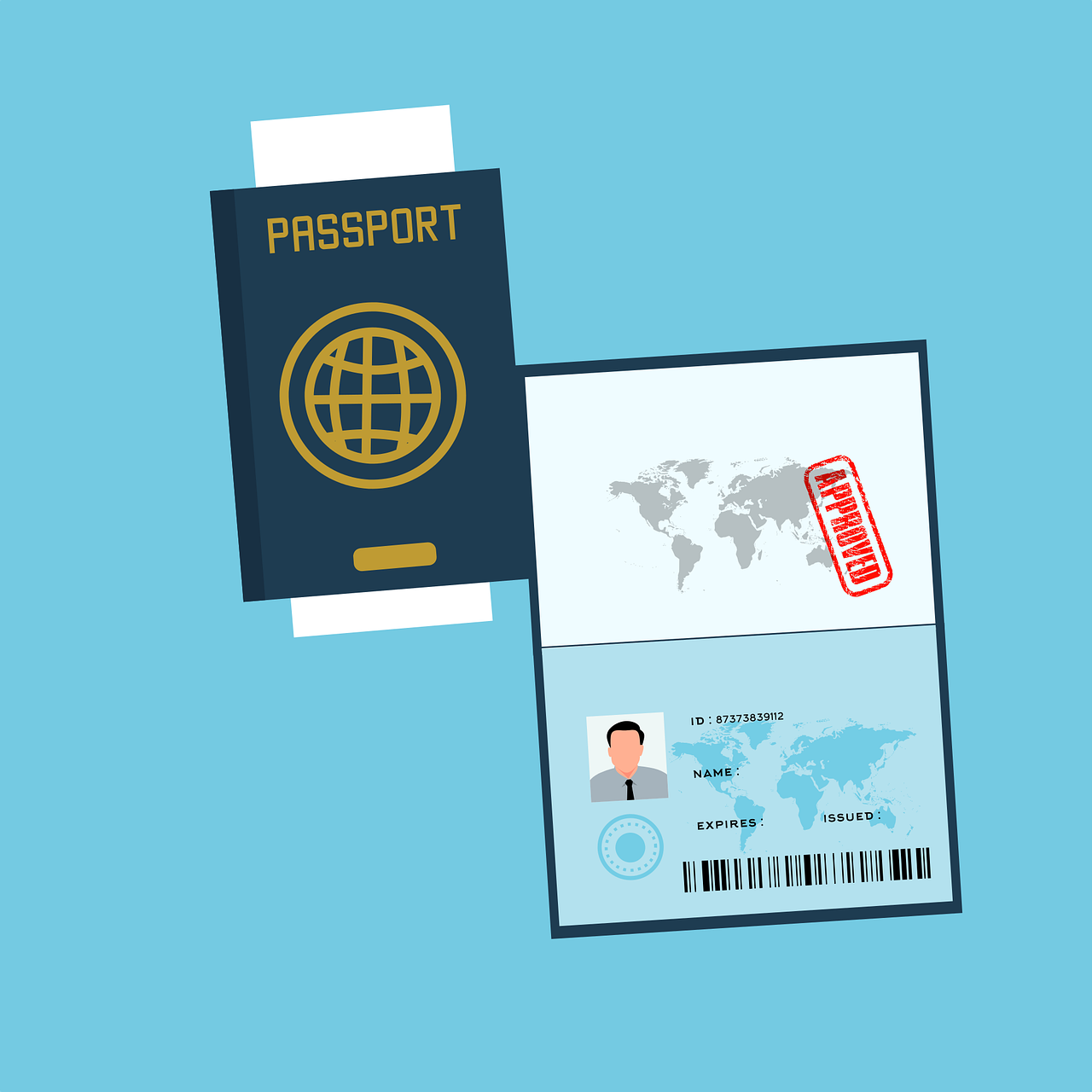
Passport, Driver’s License, IDP(Optimal), Credit Card
International Driving Permit (IDP) is highly recommended, which allows you to drive legally in countries that need one.
If it is inconvenient for you to apply an IDP, generate a free driver’s license translation on QEEQ.com (Japanese site only).
Car Choices
The choice of your car depend largely on the duration of your trip, passenger number, luggage amount and road conditions.
- City Driving for small groups (1-3 passengers)
If you are a couple, or travel with a friend or two, or if you travel alone, a reasonably priced small car would be a good choice.
Compact size cars have 4 to 5 seats. We recommend sparing one passenger capacity so you could relax and have more space.
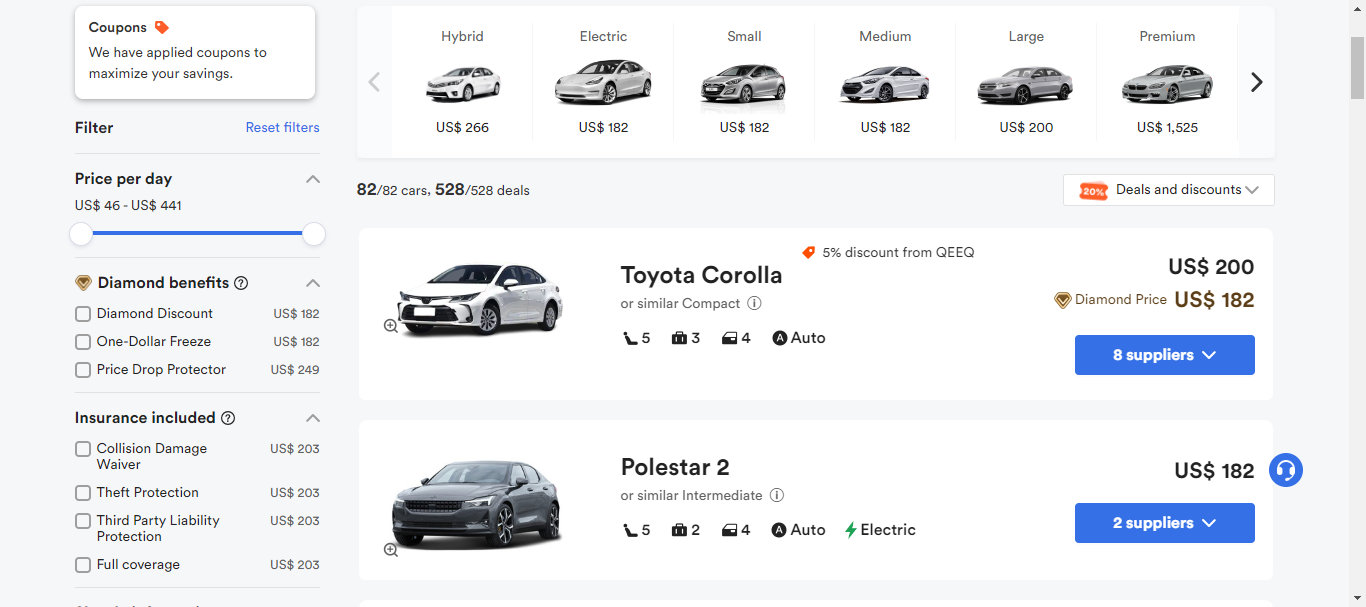
- 4 to 5 passengers including children and elderly
Medium and large size cars are recommended. These models could still possess a fair mount of space with 2 to 3 suitcases. SUVs are suitable for hybrid road conditions. Eco-friendly cars such as the Prius could save your spend on gasoline. Choose what you need giving you peace of mind on long trips.
- Traveling in a group of 6 or more
It would be a wonderful experience to choose a van for everyone to have his or her own seat. These models accommodate a passenger capacity from 7 to 12 people. While it is noticeable that large cars cannot make quick and sharp turns. So we recommend renting two small or medium-sized cars if you spend a lot of time driving through towns.
Online Booking Process

We are endeavoring to make your booking as convenient as possible. Enter our website QEEQ.com, log in, enter the required information, and follow the instructions, you are free to rent your desired car.
Insurance
What Insurances Are Available?
*For Autopilot Cars:
- Insured: Protection for the person renting the car, including passenger accident insurance and personal accident insurance (PAI). This includes the personal safety of the driver, passengers, and their personal belongings.
- Automobile Insurance: protection for the vehicle of the renter. Collision Damage Waiver (CDW) is one example.
- Third-party Insurance: insurance that protects third parties other than the renter and the car rental company. Basic Third Party Liability (BTL) insurance, etc.
International car rental booking will include the basic insurance required for car rentals: Vehicle Damage Coverage, Theft Protection, and Third Party Liability Insurance.
The deductible is the maximum amount of money you’re liable for in the event your rental car is damaged or stolen as long as you follow the conditions of your rental agreement. For example, the deductible is 1000 dollars, if the damage to the rented car is less than 1000 dollars, the customer pays; if the damage is more than 1000 dollars, the customer pays up to 1000 dollars; and the store’s insurance company pays for the part exceeding 1000 dollars.
Many travelers want more comprehensive coverage and purchase additional insurance. Personnel, vehicle and third-party coverage varies by insurance type. Here are some examples of common types of insurance (note: more checks means more coverage):
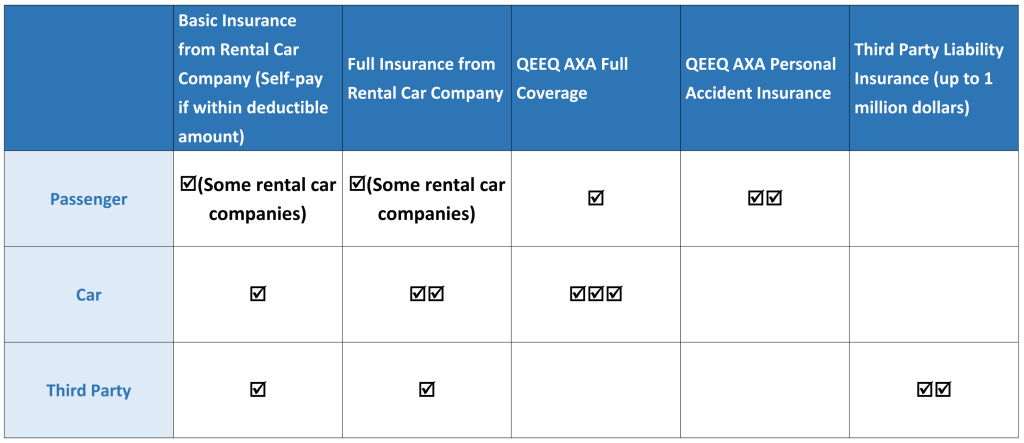
When and How to Purchase Insurance
There are two ways to obtain insurance: one is to purchase insurance when booking the car online; the other is to purchase insurance at the local store where the car is rented when picking up the car.
Generally, insurances provided by rental car companies usually has narrower coverage, higher premiums, so purchasing insurance online when booking the car is highly recommended.
How to Choose Insurance
If you are traveling with limited budget, it is better to choose the kind of insurance policy with the most comprehensive coverage. The main reasons are:
Firstly, repairing fee for the car would probably be higher abroad.
Secondly, in case of an accident, the medical cost and compensation are very high.
Thirdly, the wider the coverage, the less the troubles you would deal with, which saves tons of time and energy.
Taking automobile insurance as an instance, comparing to common insurance policies, the most comprehensive insurance coverage, including glasses, tires, chassis protection, and considerations for special road conditions such as sand and rocks, is very necessary, but basic insurance of car rental companies usually does not include full coverage as such.
Picking Up the Car
Check Before Departure
Before proceeding to the car rental shop, make sure you have brought with you all necessary documents for picking up the vehicle, and two international credit cards is recommended to ensure that there is enough credit limit for pre-authorization.
Proceed to the Car Rentals
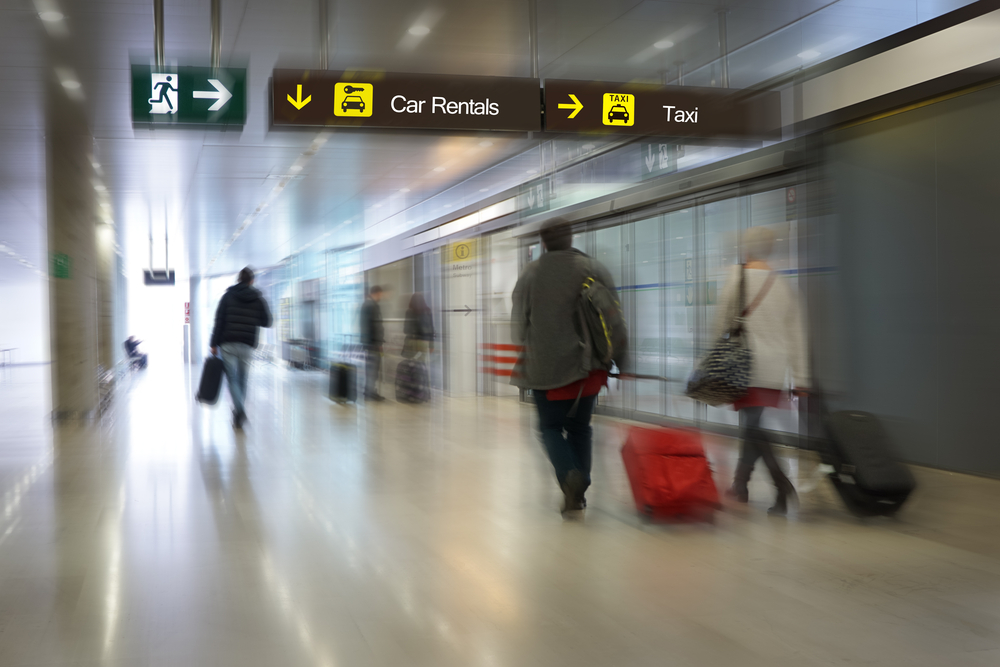
If there is a pickup store nearby, you could just walk there, following signs for airport rental cars.
If the rental car center is far away, there is usually a free shuttle bus bound for the rental car center. Shuttle buses run every 10 minutes approximately, so take the bus when you see the logo of your car rental company.
If the shuttle is not available, you can contact the car rental company and wait for staff member to pick you up at designated location. In case you have difficulty communicating with the store staff, please call QEEQ and we will assist you in English or other languages.
Inspect the Car

When you receive your reserved vehicle, inspect the bodywork for damage. At that time, it’s a good idea to document the entire process with your smartphone camera or take a picture of the dashboard. Because if you forgot to check the condition of your vehicle before departure, you may be charged for wronged damage repairs when you return it.
Payment
Payment is due on the day of the rental unless you are paying online or purchasing a tour package.
Insurance is usually included in the rental price, but some car rental companies offer paid options for more comprehensive coverage.

Last but not least, keep all contracts and documents safe for possible further usage. Once you have received your keys, check the seat heights, mirror positions, secure child seats, and then you are ready to go!
Traffic Rules and Signs
Driving on the Right
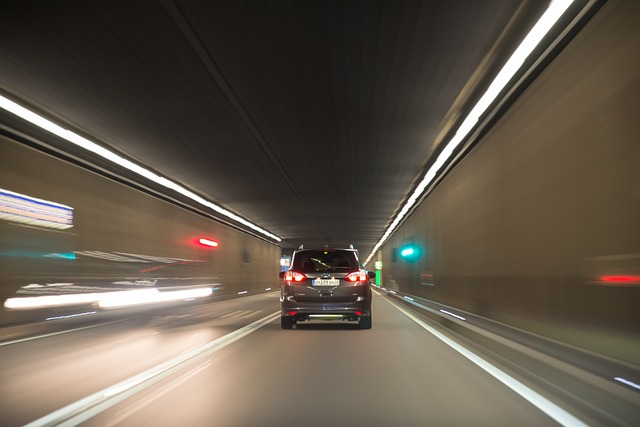
In Mexico, vehicles drive on the right side of the road, and are equipped with a left hand steering wheel. Please pay attention and spend some time to adjust if your country differs from that.
Speed Limit
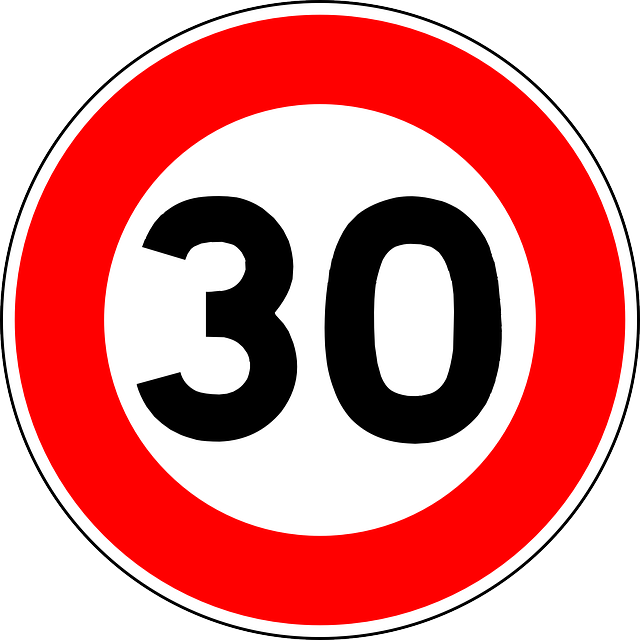
Speed limit in Mexico is measured as kilometers per hour (km/h). Within city areas, the speed limit varies from 20 to 60 km/h; on highways it is between 80 to 90 km/h; and on interstate highways (toll or free) the speed limit is usually 110 km/h.
Stop Sign

Stop signs are common on mexican roads. You need to come to a complete stop whenever you see one, like a red light. Sometimes you would also see another sign below the STOP sign on which there is an arrow. If it points left, that means go left; if it points right, then go right; if there is no direction arrow, that means you can go either way.
Give Way Sign
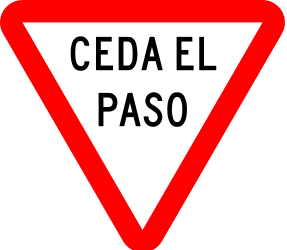
The give way to all traffic sign indicates that vehicles traveling to the sign shall slow down and be ready to stop, give priority to other vehicles and pedestrians, and ensure safety before passing.When there are pedestrians in front of you, you must come to a complete stop.
Look Out For Topes (Speed Bumps)
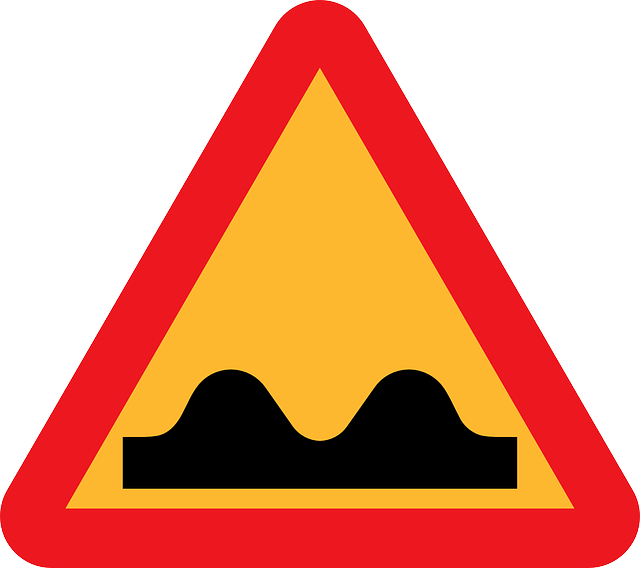
It indicates a speed bump ahead. Sometimes it is accompanied by “TOPE” or an arc on the sign. Please slow down when there is a speed bump ahead. Hitting it too fast might damage your car.
Avoid Driving at Night

Though in tourist areas such as Yucatan peninsula, Southern jalisco, Chiapas, and Baja California you could feel pretty safe, but at night the hazards on the road would be difficult to see due to the poor lit road conditions. So please avoid driving at night especially on some remote intercity roads.
Seat Belt Required and Phones Prohibited
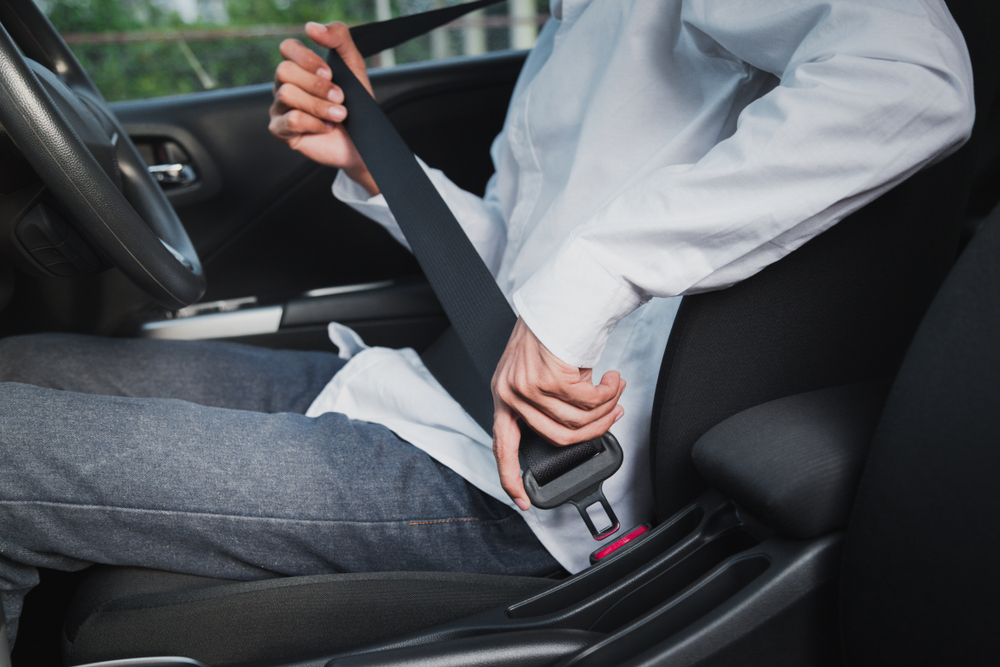
In Mexico it is mandatory for all passengers including drivers to use seat belts. And you are not permitted to hold a phone while driving. Still you could use a phone holder to look at your navigation, otherwise you might be fined.
Military Checkpoints in Mexico
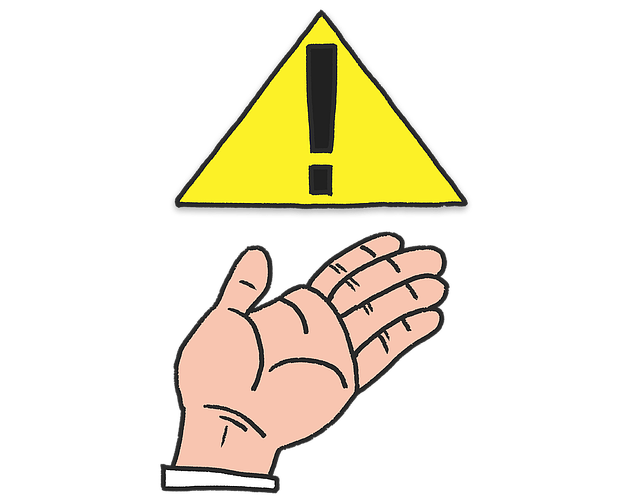
You may encounter some military checkpoints when you are driving in Mexico. The police are mainly checking possible illegal activity of drug, smuggling, weapons and so on. Most of the time as a tourist you would pass, but if you do get stopped by the police, do not panic. Just follow the instructions of the police and show your documents and back trunk and they would let you go.
The Mexico-United States Border Crossing

There are about 48 border crossings shared between the two countries with 330 entry ports.
The lanes going in both directions are divided into “Nothing to declare” lanes (Nada que Declarar) and Declaration lanes (Carril de Declaración).
By the border line, if the light in front of you flashes green, you can continue your path; if the light flashes red, a border agent would ask you if you had anything to declare, he will ask to check your papers, vehicle and personal belongings. Be patient and honest, as long as everything is fine, you are free to pass.
Highways and Road Conditions
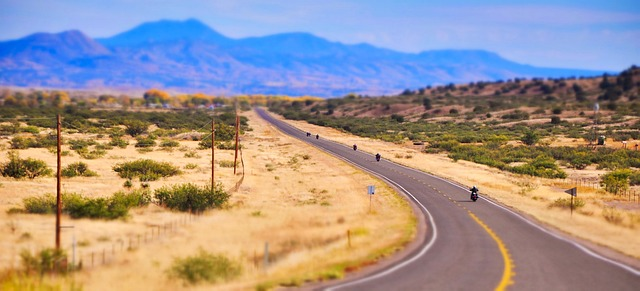
Road Conditions
- It is safe to drive in tourist cities in Mexico. But there are definitely places that you as a tourist do not want to go. To avoid danger, you may need to plan your route in advance and don’t rush.
- In Mexico, the blood alcohol limit is 0.08%. Sometimes you would see a small checkpoint set on the side of the road to give you a breathalyzer test. Do not drive while you are drunk.
- If you encounter police in Mexico, especially for no reason you could possibly see, you might have encountered a situation where the police is asking a bribe Sometimes you need to do something that are not essentially right but can get you out of the situation and make you stay out of trouble. Mexico is very dependent on tourism, so people will not rush it to potentially cause problems for foreign tourists.
Carretera Cuota vs Carretera Libre
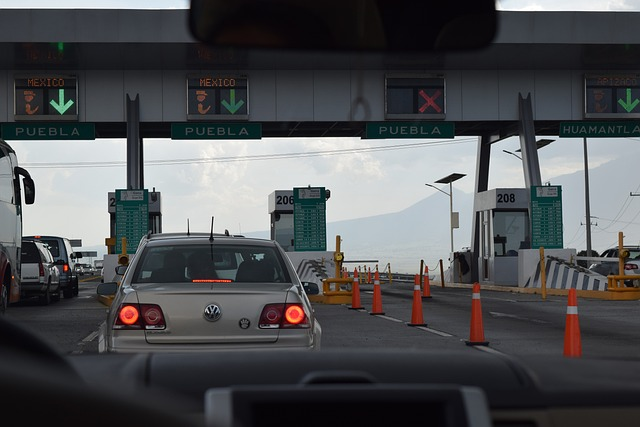
The best roads to drive on in Mexico are called cuota and they are good quality and FAST. However, you do have to pay for these and they are surprisingly expensive. But you’ll save a lot of driving time and avoid the endless topes.
All cuota roads are paid by cash (no credit cards) so keep some money for them. If you have rented a car you may have a tag in it that allows you to go through and pay with the rental agency at the end.
Otherwise, you can also use the secondary free highways called libre, which usually run alongside the quota highways and go through all of the small towns along the way. It will take a much longer time to use these roads, and there will be loads of topes on them.
Refueling
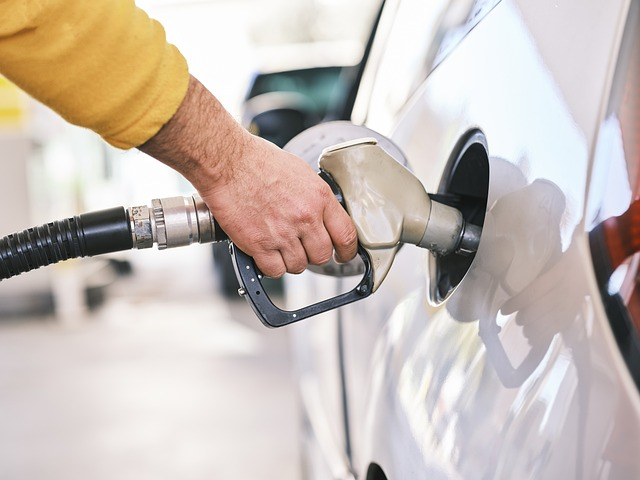
Gas Stations
Pemex (Petroleos Mexicanos) is one of the main brands in Mexico. You would also find gas stations runned by Chevron, Mobil, BP (British Petroleum) and G500.
Refueling Steps
Gas stations in Mexico are full-service. You can simply ask the staff to help you with refueling. Payment is made by cash or credit/debit card.
Always keep an eye on how much fuel the staff added to your car. Make sure that the volume is what you desired for at the first place in avoidance of an opportunist scam.
Gas Prices
In Mexico the gas price is around 1.3$ per liter. Today different service stations set their own prices. Note that one gallon is 3.785 liters. The two main types of gasoline are: Magna Sin and Premium with the former of 87-octane grade and the latter 92-octane grade.
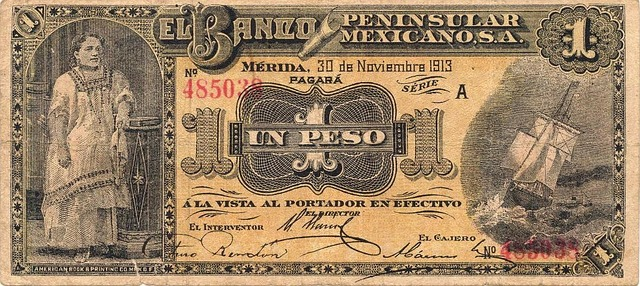
Note: If you are paying cash, use Mexican currency (MNX pesos).
Parking
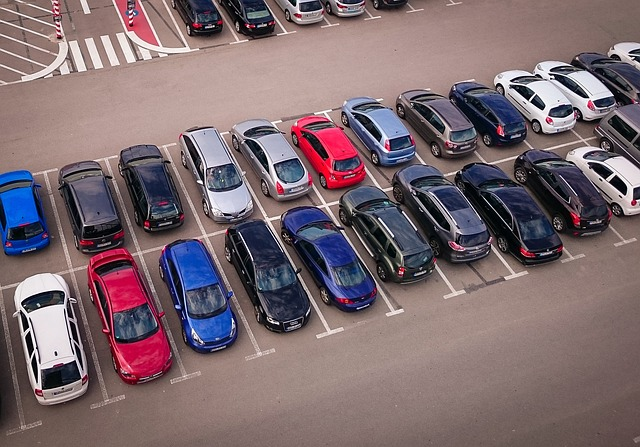
Where can you park
- Estacionamiento means parking lot in Mexico. A capital E in a circle tells you that parking is allowed. There are free and paid parking spaces. The paid parking spaces are usually guarded. Especially those who are traveling with luggage should opt for the paid parking spaces. They are not particularly expensive.
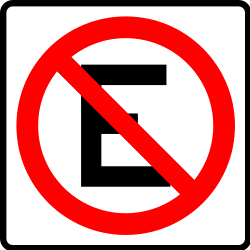
Where you cannot park
- A crossed out E means parking prohibited.
Accident Handling
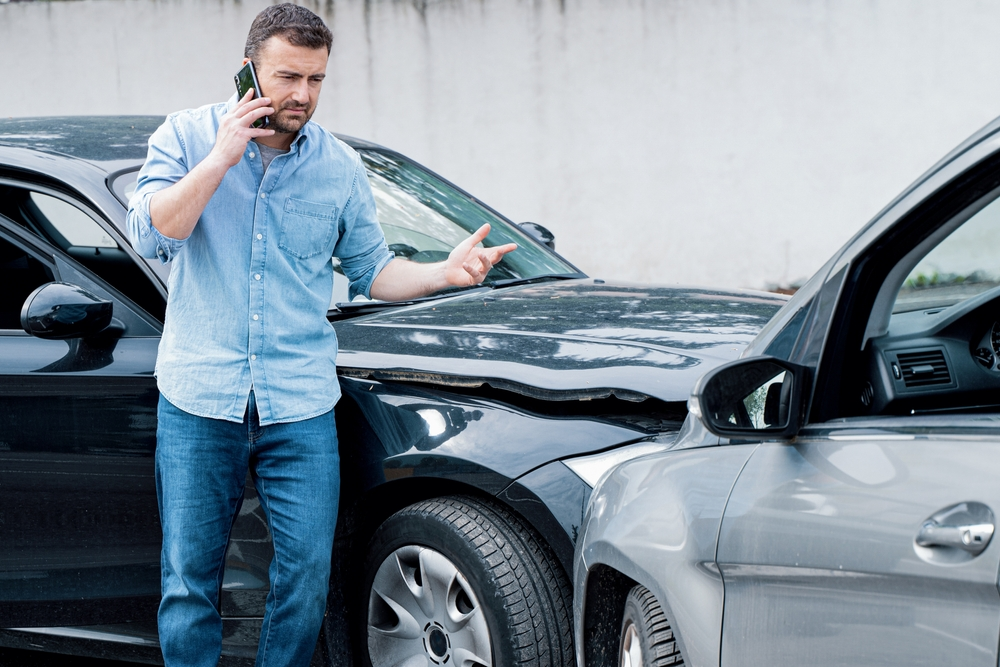
If you are involved in a traffic accident, do not panic. Check whether the passengers are injured, help yourself and seek help from passersby. Emergency contacts are available at any time.
- Police, Fire and Ambulance: 911
Here is a website for the embassies in Mexico:
https://www.embassypages.com/mexico
Scratch
Ensure the safety of personnel→Move the vehicle to the side of the road without obstructing the traffic→Call 999→Take photos or videos of the condition of the vehicle →Register the accident by police and keep a proper record of the accident→Contact the rental car company and insurance company.
Theft
Call 999 → Police take notes → Insurance report → Verify information → Payment
Malfunction
Call the rental car company → They will send someone nearby to tow your car or change a tire.
If the rental car company is unable to help you, contact a towing service with the help of the police. Car repairs are very expensive sometimes, so it is important to have insurance.
Roadside Assistance
If your car broke down, you can contact the roadside assistance in Mexico, usually Green Angels Roadside Assistance:
- Tijuana – Ensenada – 01 800 990 3900
- El Hongo – La Rumorosa – 01 800 990 3900
- Tijuana – Tecate Toll Road – 01 800 888 0911
You can also contact your car rental company:
- AVIS: 1-800-352-7900
- SIXT: 1 (888) 749 8227
- Budget: 800-218-7992
- Thrifty: 1-800-283-0898
- Hertz: 1-800-654-5060
- ACE: (877) 822-3872
- Dollar: 800-235-9393
- Yesaway: 1 424-800-4990
Returning the Rental Car
To return the car, just drive back to the rental car company, but pay attention to the following things:
Refuel Before Returning
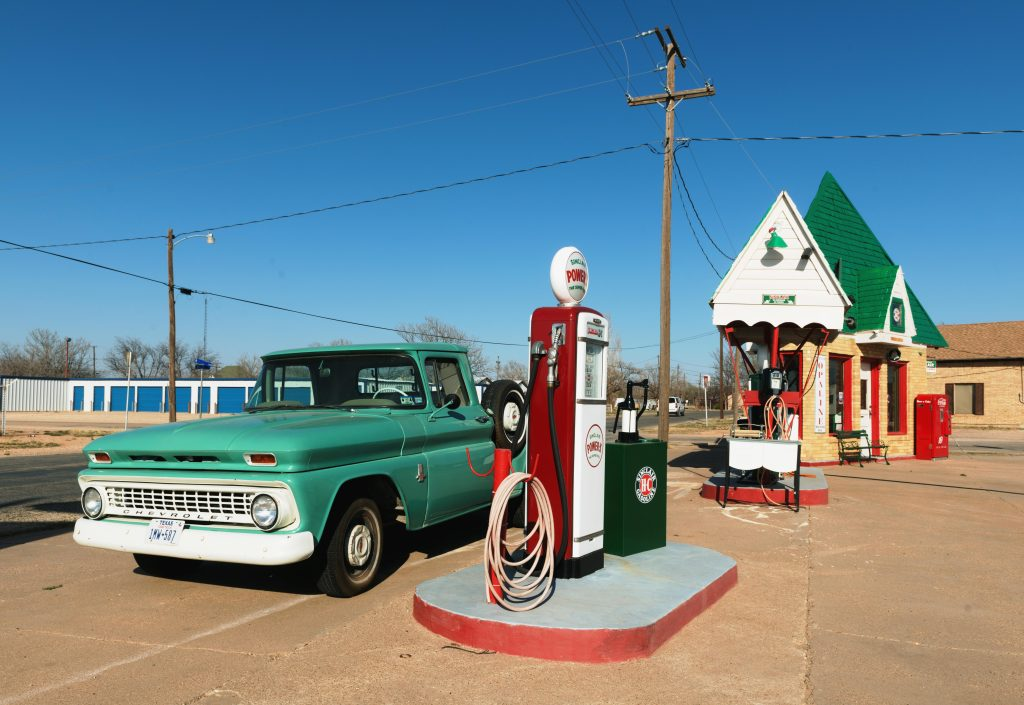
Usually, the basic rule for returning a car is to refuel the gas before returning it to the rental car company.
Even if the time is up, and there may not be a convenient gas station, it’s okay to drive for a while (about 5 kilometers or so) after refueling.
If you try to return the car after the due time without refueling, or if you drive a excessive long distance after refueling, we will calculate the remaining time and charge you an additional fee.
Inspect the Car
When you arrive, we will have a representative inspect your vehicle for damage. If it had any damage, additional payment would be made.
Reconcile the Fee
When you return the car, the staff will check and record the vehicle and print the settlement list on site. Please check the list carefully, and if you have any unknown charges, you can raise them in person or call customer service to solve the problem.
Keep the Contract and Document
After returning the car, it is recommended to keep the contract and receipts in a safe place in case of needs.
Help after Trip
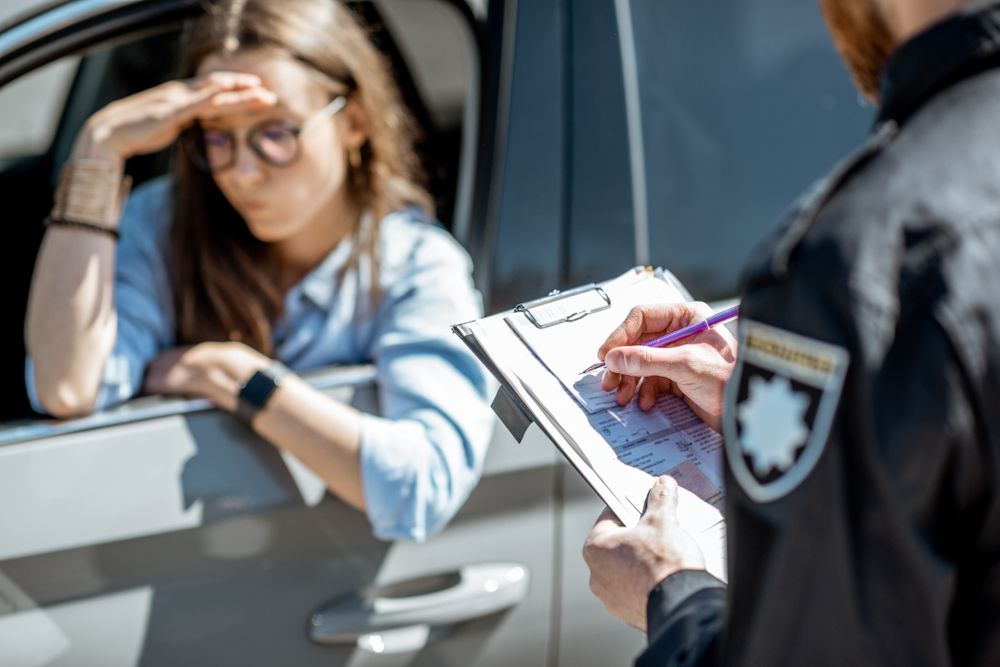
Traffic Citation
The penalties for traffic violations in Mexico are very expensive, so it is recommended that you strictly follow the traffic regulations.
How to Pay Fine Ticket:
- Online payment is the most convenient. There is a payment web site attached on the ticket, follow the instructions to enter the ticket serial number and then add your credit card information to pay the fine. Please mind the due date, otherwise you would pay a late fee.
- If you could not pay right away, tell the rental company when you return the car, and the company could charge your credit card directly, although there is usually a commission.
Note: If you got a ticket, you should pay the fine as soon as possible. If you receive a fine that is too high for an unknown reason, you should try to file a complaint locally in the U.S. and do not wait to deal with it until you have returned home.
Insurance Claim
If you bought a full coverage insurance, you would recieve a fast claim settlement. The following documents should be prepared:
- Passport
- Driver’s License
- Credit Card Checkback History
- The Car Rental Contract
- Car Damage Deduction Bill
For more detailed information, check the terms and conditions of insurance company:
https://www.qeeq.com/term?info=axa_policy&browser_open=1
Unknown Charges after Trip
If you received an unexpected deduction when you return to your home country, it might be that your violation fee is paid by the car rental company, but usually the deduction amount will be more expensive than the violation fee because that includes the management fee charged by the car rental company. If you don’t know what the violation was, you can contact our customer service for help.
Classic Routes
Northern Region
- The Baja California Road Trip: Best Trip for Coastlines
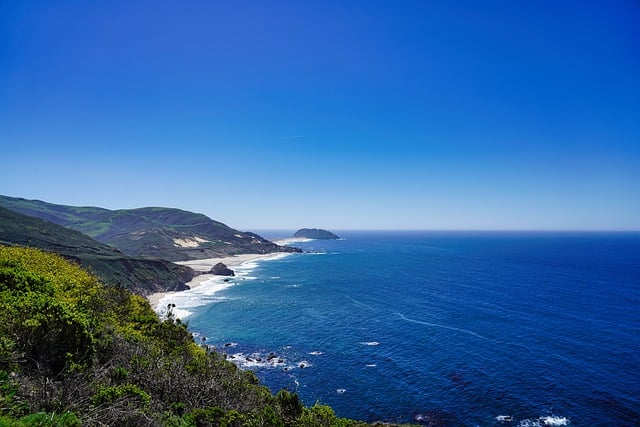
The Baja California road trip, spanning 1600 kilometers (1000 miles) from Tijuana to Los Cabos, offers breathtaking coastlines and diverse landscapes. This multi-day journey begins with wine-tasting in Valle de Guadalupe, followed by a visit to the relaxed beach town of Ensenada, famous for its fish tacos. As you travel south, explore the pristine islands of Loreto, known for their rich biodiversity. The route continues to the lesser-known La Paz, then splits west to the surf haven of Todos Santos and southeast to Cabo Pulmo, a premier dive site. Conclude your adventure in the vibrant sister resorts of Los Cabos. This trip is ideal in February or March for blue whale sightings along the coast.
Yucatán Peninsula
- Cruise the Yucatán Peninsula
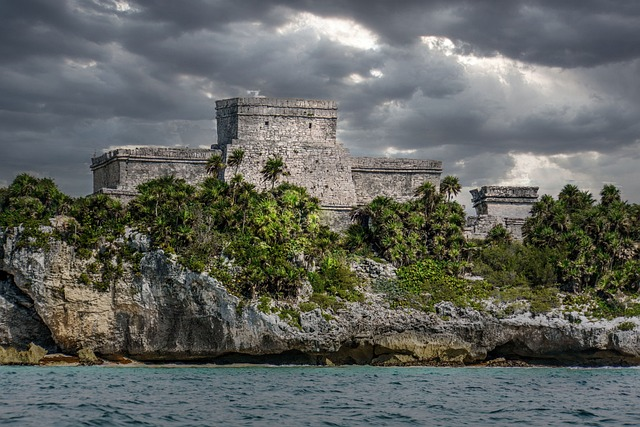
The Yucatán Peninsula road trip, covering 1100 kilometers (680 miles) from Cancún to Puerto Morelos, is perfect for exploring cenotes and Maya ruins. This loop route begins in Cancún, heading west to Valladolid for a refreshing dip in a cenote. Visit the iconic Maya ruins of Chichén Itzá early to avoid crowds, then savor the regional cuisine and vibrant culture in Mérida, the colonial capital. Continue southeast along the Ruta Puuc, dotted with lesser-known Maya ruins. As you journey east, discover the stunning blue waters of Laguna Bacalar, the clifftop ruins of Tulum, and enjoy reef diving in Cozumel and Puerto Morelos along the Mexican Caribbean.
Central Highlands
- The Oaxaca Coast Trip
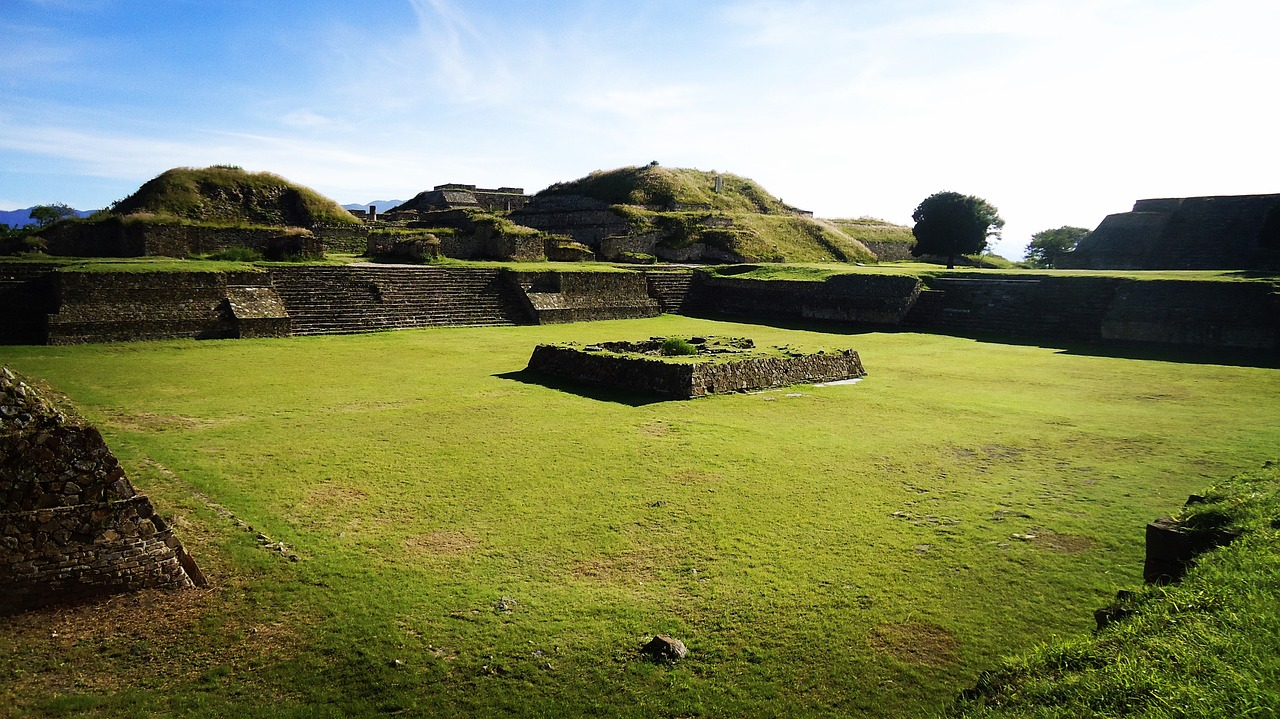
The Oaxaca Coast road trip, spanning 850 kilometers (530 miles) from Mexico City to Lagunas de Chacahua, is a culinary and cultural delight. Begin your journey in Mexico City, then head south to Puebla for its famous moles. Continue to Oaxaca City, a foodie haven and gateway to the ancient Monte Albán ruins. Sample mezcal in Miahuatlán and explore the mystical San Jose del Pacífico. The route winds down to the stunning coast, offering beach relaxation in San Agustinillo, surfing in Puerto Escondido, and the natural beauty of Parque Nacional Lagunas de Chacahua. This trip is perfect for foodies and beach lovers alike.
- Explore Around Mexico City
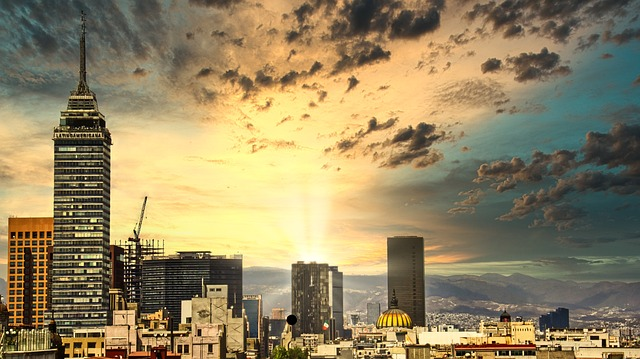
The road trip from Mexico City to Parque Nacional Cumbres del Ajusco, spanning 300 kilometers (185 miles), offers a scenic adventure near the capital. Begin with a hike in Itza-Popo Zoquiapan National Park, featuring the impressive volcanoes Popocatépetl and Iztaccíhuatl. Head southwest to Tepoztlán for an overnight stay and climb to a clifftop Aztec temple. Visit Cuernavaca to explore the historic Palace of Cortés. Conclude at Parque Nacional Cumbres del Ajusco, where you can scale Pico del Águila or enjoy champurrado and quesadillas in the park’s pine forest.
Pacific Coast
- The central pacific coast
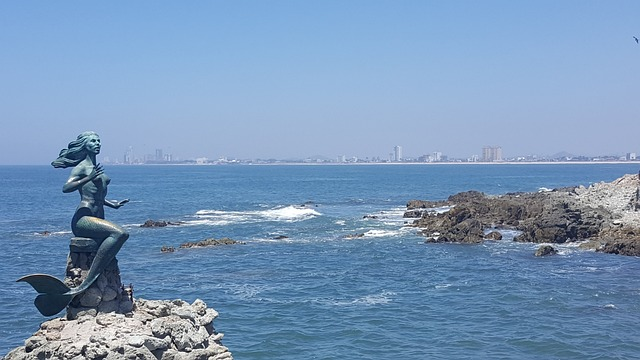
The road trip from Mazatlán to Puerto Vallarta, covering 440 kilometers (275 miles), is ideal for seafood lovers and water sports enthusiasts. Start in Mazatlán’s vibrant Old Quarter, then head south to Mexcaltitlán, a historic shrimping village. Continue to Chacala for delicious pescado zarandeado. An hour further, explore San Francisco (San Pancho) and Sayulita, offering surfing, kayaking, and turtle releases. Before reaching Puerto Vallarta, visit Punta de Mita for seafood at Tuna Blanca. In Puerto Vallarta, enjoy the secluded beaches along the jungle-backed southern coastline.
Useful Websites and Numbers
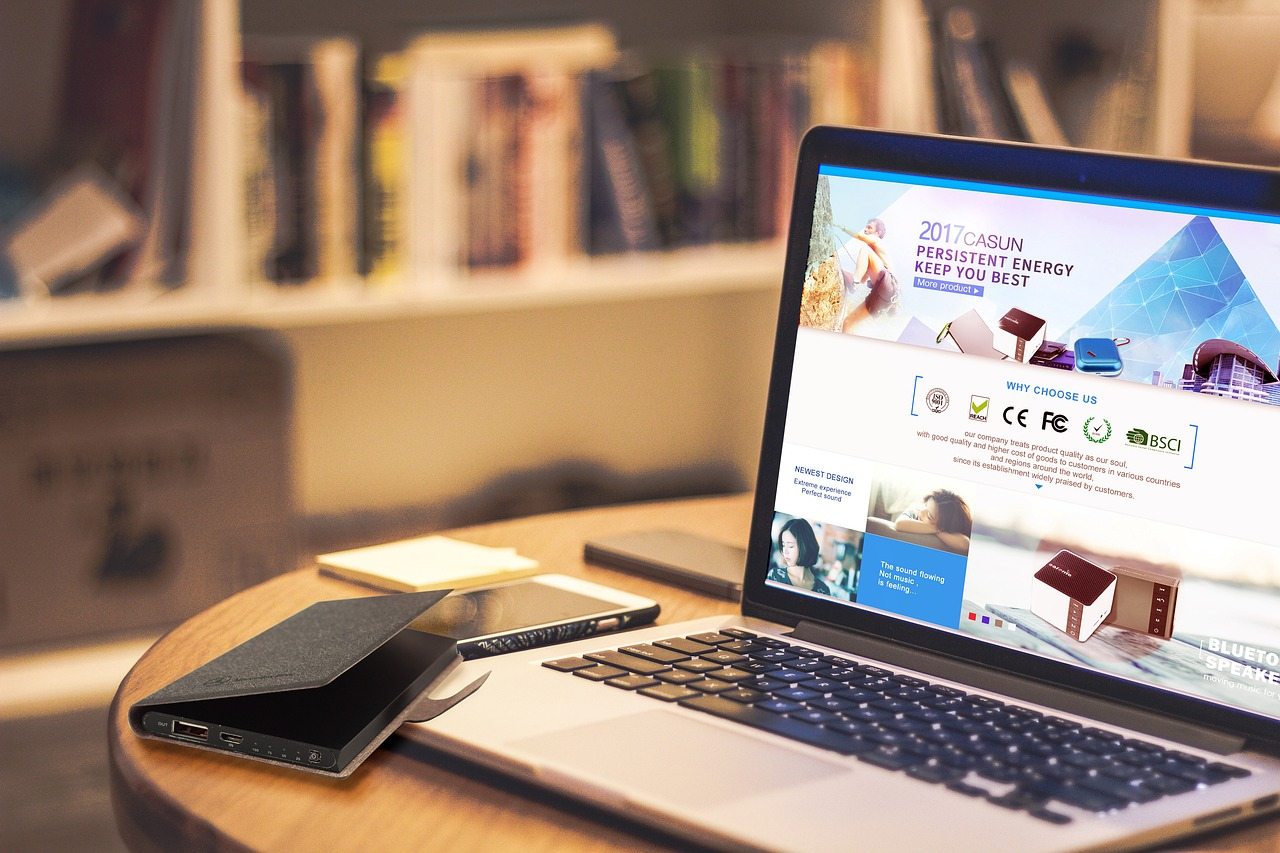
- Official Tourism Site of Mexico:
- Police, Fire, Ambulance: 911
- Embassies in Mexico:
https://www.embassypages.com/mexico
- Roadside Assistance:
Tijuana – Ensenada – 01 800 990 3900
El Hongo – La Rumorosa – 01 800 990 3900
Tijuana – Tecate Toll Road – 01 800 888 0911
- Car Rental Companies:
AVIS: 1-800-352-7900
SIXT: 1 (888) 749-8227
Budget: 800-218-7992
Thrifty: 1-800-283-0898
Hertz: 1-800-654-5060
ACE: (877) 822-3872
Dollar: 800-235-9393
Yesaway: 1 424-800-4990